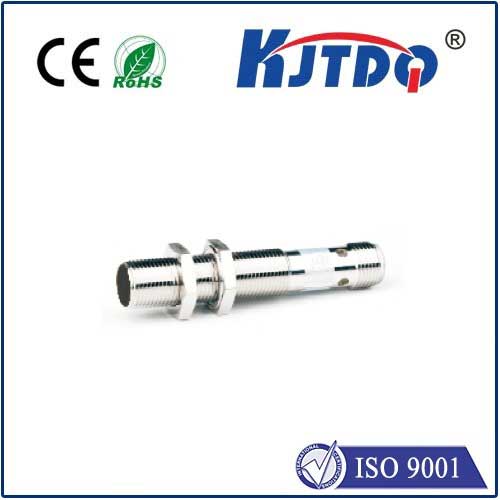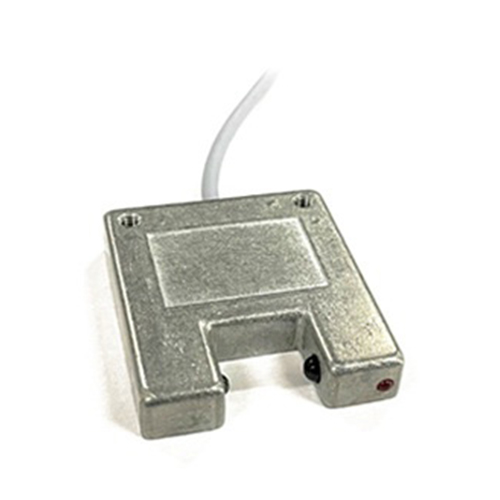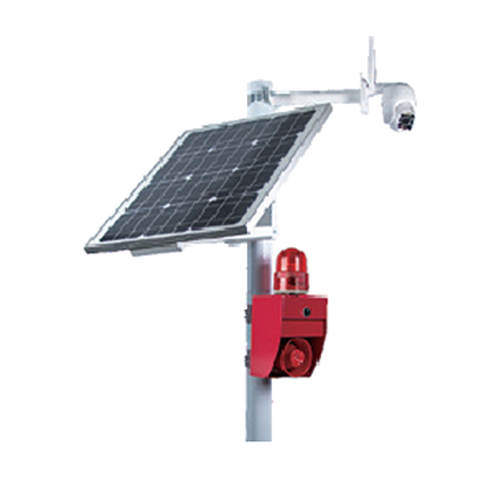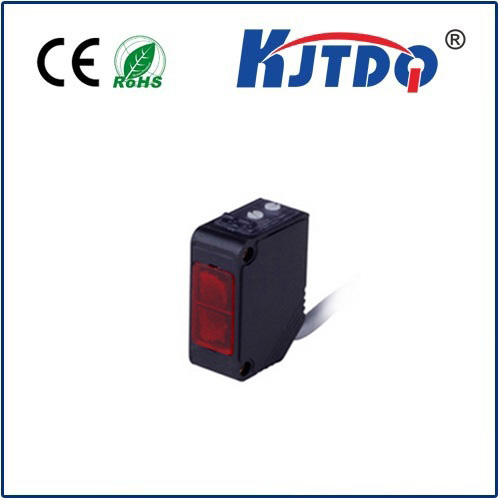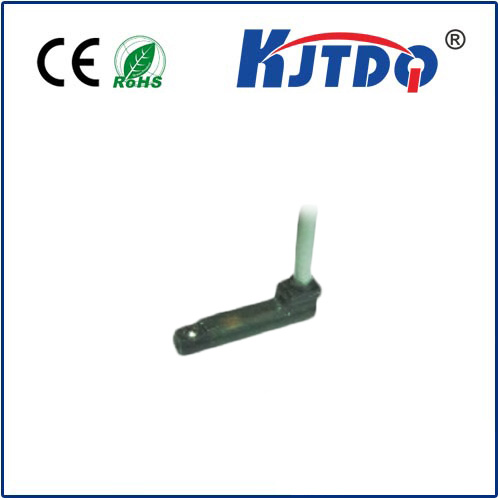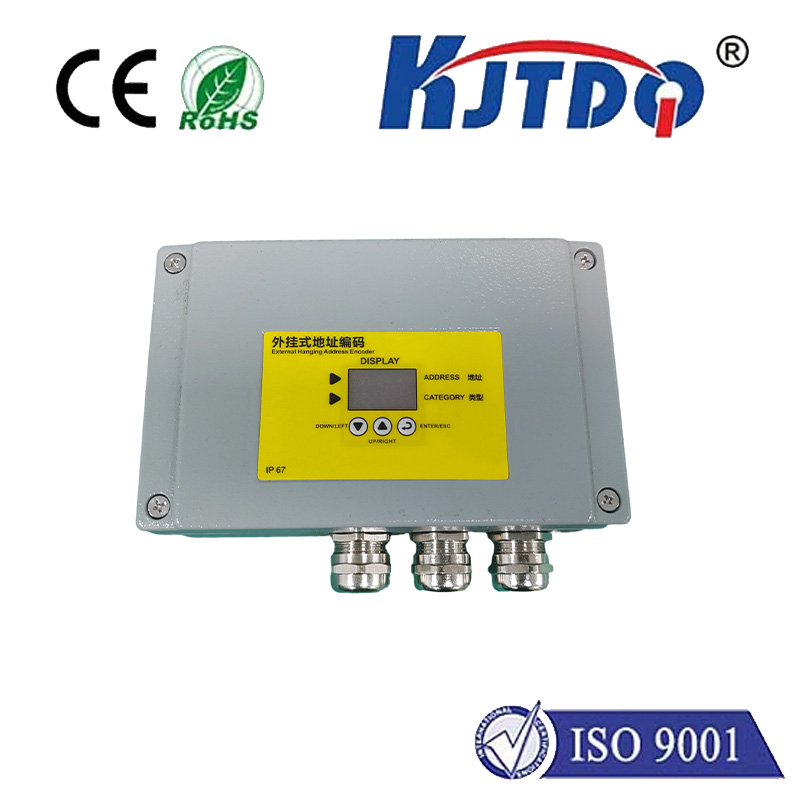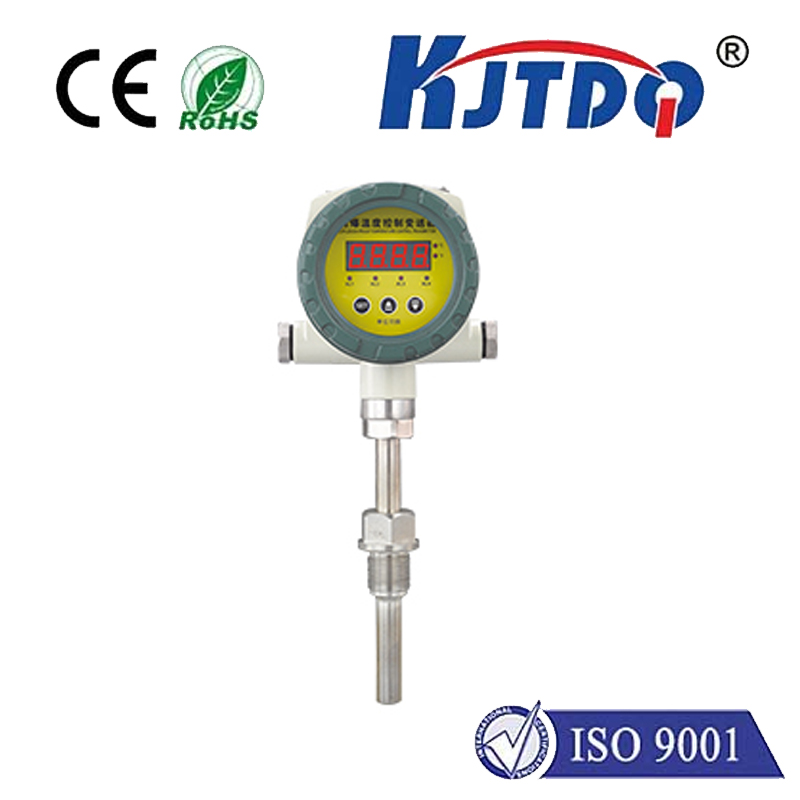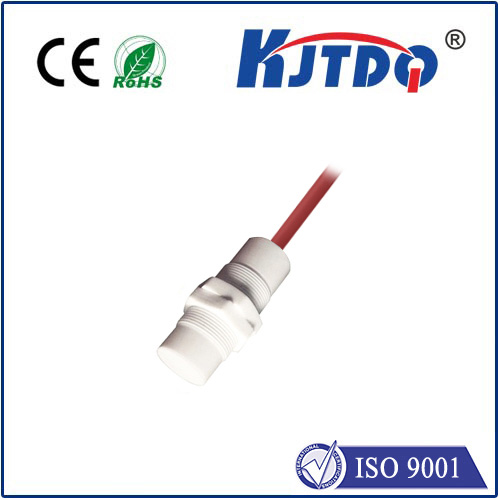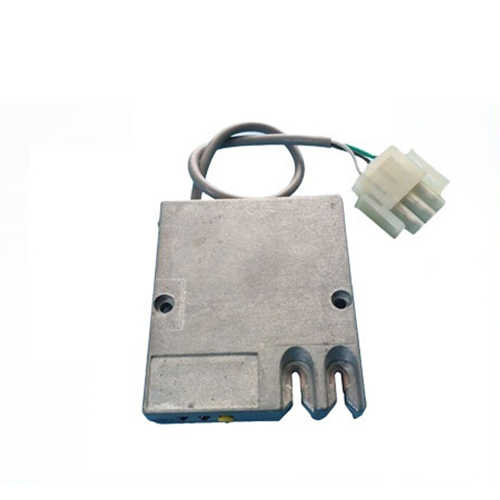capacitive proximity sensor 20mm
- time:2025-09-07 03:19:42
- Нажмите:0
The Power of Precision: Why 20mm Capacitive Proximity Sensors Dominate Industrial Automation?
Imagine a high-speed bottling line. Glass containers whizz by, filled precisely to the same level. Ensuring each bottle is present and correctly positioned before capping is critical. A misstep could mean costly spills, downtime, or faulty packaging. This is where the often-overlooked hero, the конденсаторный датчик приближения, particularly the 20mm capacitive proximity sensor, shines. Its precise 20mm detection range offers an unmatched blend of reliability, versatility, and robustness for countless non-contact detection tasks in demanding environments. What makes this specific sensing distance such a cornerstone in automation? Let’s explore the core principles and compelling advantages.
Understanding the Core: Capacitive Sensing Explained
Unlike inductive sensors detecting metals or photoelectric sensors using light beams, capacitive proximity sensors operate on the fascinating principles of capacitance. Essentially, the sensor’s active face and the target object act like two plates of a capacitor. When an object enters the sensor’s electric field, it perturbs this field, changing the capacitance value. The sensor’s sophisticated electronics detect this minute change, triggering its output signal. This fundamental principle grants capacitive proximity sensors a unique superpower: they can detect virtually any material – metals, plastics, glass, wood, paper, cardboard, liquids, powders, and even granular materials. This material-agnostic nature is a primary reason for their widespread adoption. Importantly, this detection occurs without physical contact, eliminating wear and tear on both the sensor and the target.

The Significance of the 20mm Detection Range
While capacitive sensors come in various detection ranges (from a few millimeters to several centimeters), the 20mm capacitive proximity sensor hits a remarkably practical sweet spot. Why is this distance so prevalent?
- Optimized Sensitivity & Stability:А.20mm capacitive proximity sensor provides an excellent balance between detection capability and environmental stability. Shorter range sensors (e.g., 5mm or 8mm) demand the target to be very close, making mounting alignment critical and sometimes impractical. Longer range sensors (e.g., 40mm) become significantly more sensitive to environmental influences like humidity fluctuations, temperature changes, airborne dust, or even unintended background objects. The 20mm capacitive sensor offers sufficient reach for accessible and flexible mounting while remaining resilient against common background noise, ensuring reliable operation.
- Material Penetration: A key advantage of capacitive sensing is its ability to detect targets through certain non-metallic barriers. For instance, detecting liquid levels inside a plastic or glass tank, sensing the presence of material inside a cardboard box, or verifying contents within a plastic hopper. The 20mm range often provides ample sensing power to penetrate typical container walls (like thinner plastics or glass) while maintaining a practical sensing distance to the target material itself. This capability is crucial in food and beverage, pharmaceutical, and packaging applications.
- Space Constraints & Mounting Flexibility: In densely packed machinery, finding suitable mounting locations can be challenging. A 20mm capacitive proximity sensor offers a detection range substantial enough to overcome minor misalignments or vibrations yet compact enough to fit into tighter spaces where longer-range sensors might be physically too large or unnecessarily powerful. This mounting flexibility is invaluable for machine designers and maintenance personnel.
- Cost-Effectiveness: Due to their immense popularity and standardization, 20mm capacitive proximity sensors are often manufactured at high volumes, making them one of the most cost-effective options within the capacitive sensor family. You get robust performance and versatility without a premium price tag.
Where 20mm Capacitive Sensors Excel: Key Applications
The inherent advantages of the 20mm capacitive proximity sensor make it indispensable across a vast spectrum of industries. Here are some prominent examples:
- Level Detection: Monitoring liquid levels in plastic/glass tanks, detecting powder levels in silos (through walls), or sensing the fill level in bottles and containers on production lines. The 20mm range is frequently ideal for these common vessel thicknesses.
- Object Presence & Counting: Verifying the presence of plastic parts on an assembly conveyor (e.g., caps, housings), detecting cardboard boxes moving on a line, counting tablets or pills in blister packs, confirming the presence of bottles or cans before filling/capping. Their material independence is key here.
- Liquid Leak Detection: Identifying the presence of leaked fluids (oil, coolant, water) under machinery or within drip trays, even if non-conductive.
- Перевозка материалов: Detecting the presence or absence of pallets (wood, plastic), stacks of paper, sheets of plastic, or textiles. The 20mm sensor reliably senses these non-metallic materials where inductive sensors fail.
- Food & Beverage & Pharmaceutical: Detecting ingredients in hoppers (sugar, flour, grains), verifying container presence on filling lines (glass, plastic), checking cap placement on bottles. Their ability to sense through container walls and their suitability for washdown environments (with appropriate IP ratings) is critical. Look for IP67 or IP69K rated versions for harsh cleaning.
- Presence Verification: Ensuring labels are applied, glue spots are present, or protective films are removed – tasks requiring detection of thin materials often perfectly suited for a 20mm capacitive proximity sensor.
Selecting and Using Your 20mm Capacitive Proximity Sensor Effectively
To maximize performance:
- Material Matters: While capacitive sensors detect almost anything, the sensor’s sensitivity (often adjustable via a potentiometer) may need tuning. Less dense materials (like thin plastics or paper) or those further away require higher sensitivity settings than dense metals close up. The 20mm range provides a good starting point for most common materials and barriers.
- Consider the Target Size: Very small targets might fall below the sensor’s minimum detectable object size specification. Consult datasheets. A 20mm sensor is generally well-suited for detecting objects reasonably larger than its sensing face.
- Be Mindful of Background & Mounting: Ensure stable mounting to minimize vibration effects. Avoid mounting metal parts very close behind the sensor (unless they are its intended backplane/shield) as this can affect the sensing field. The inherent stability of the 20mm capacitive sensor helps mitigate minor installation inconsistencies.
- Environmental Factors: While more resistant than longer-range sensors, extreme conditions still matter. Choose sensors with appropriate IP ratings (like IP67 for dust and water jets, IP69K for high-pressure/high-temperature washdown), suitable temperature ranges, and robust housings (stainless steel is common for durability and chemical resistance, especially in food grade applications). Shielding (shielded versions) can also help focus the field and reduce unwanted background influence.
- Output Type: Standard options are PNP (sourcing) or NPN (sinking), and usually Normally Open (NO) or Normally Closed (NC). Match the output type to your PLC or controller’s input specifications. Many modern sensors also offer IO-Link connectivity for enhanced diagnostics and parameterization.
The enduring prevalence of the capacitive proximity sensor 20mm in industrial settings is no accident. It represents a remarkably practical convergence of technology and application needs. Its ability to reliably detect almost any material through certain barriers, combined with the inherent stability and mounting flexibility offered by the 20mm detection range, makes it an incredibly versatile and cost-effective solution

